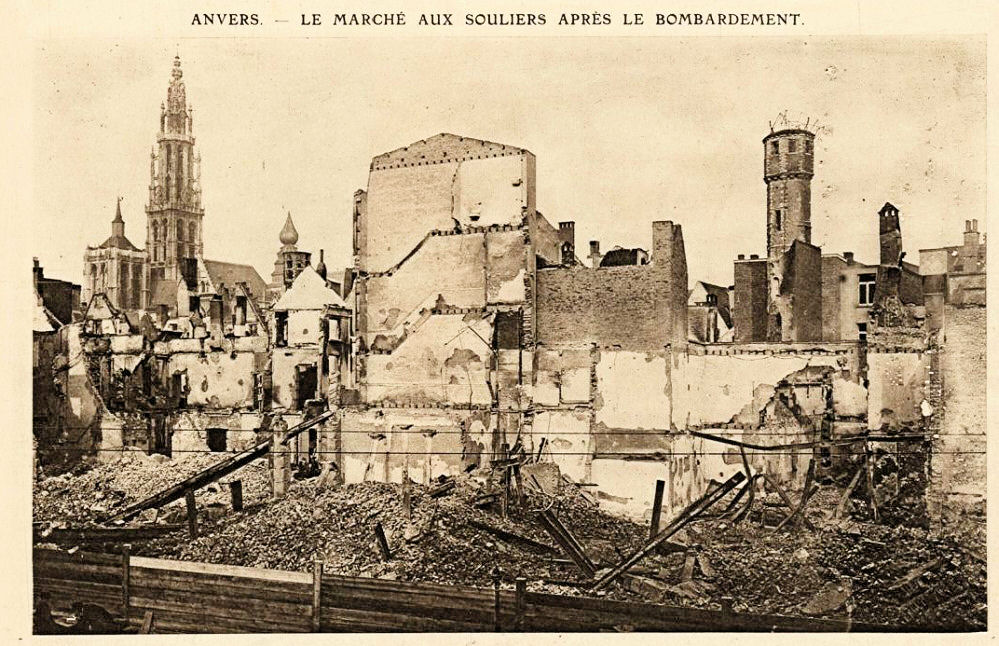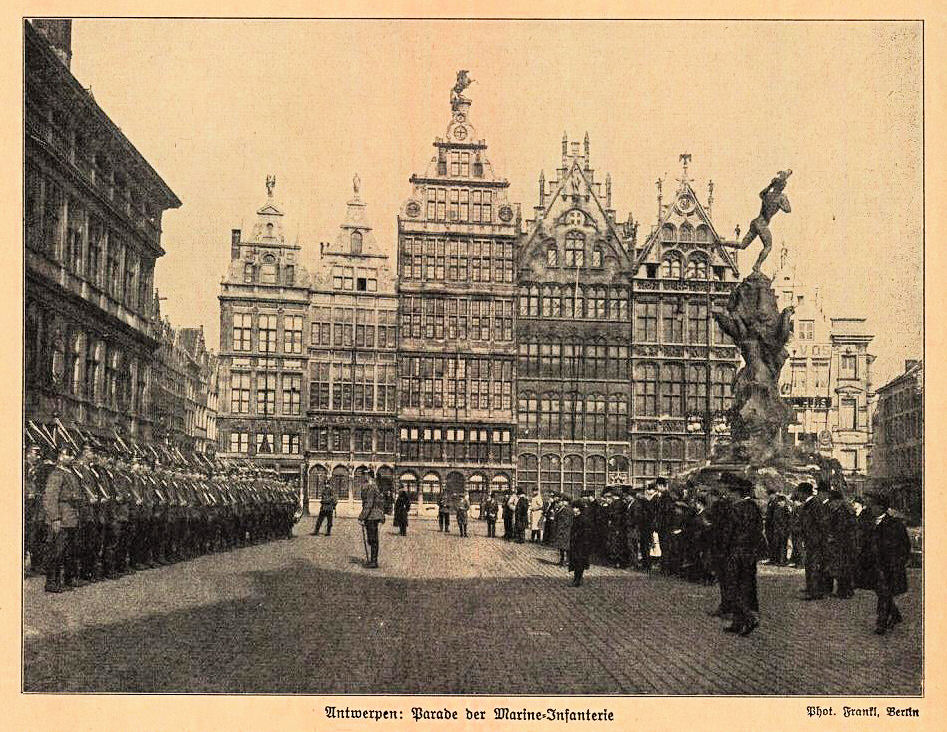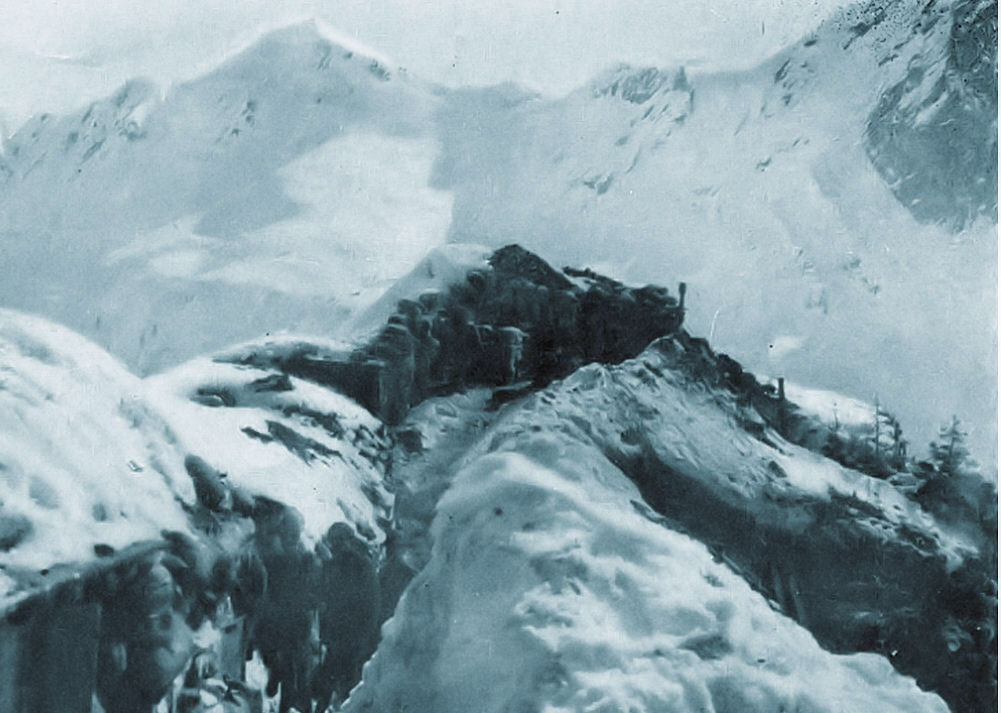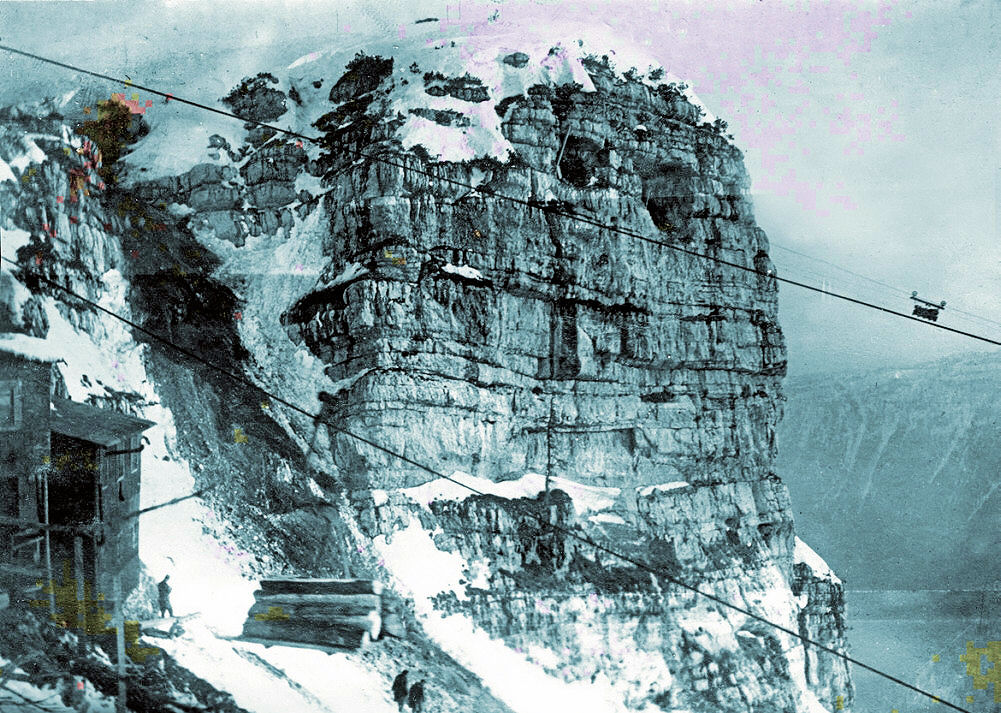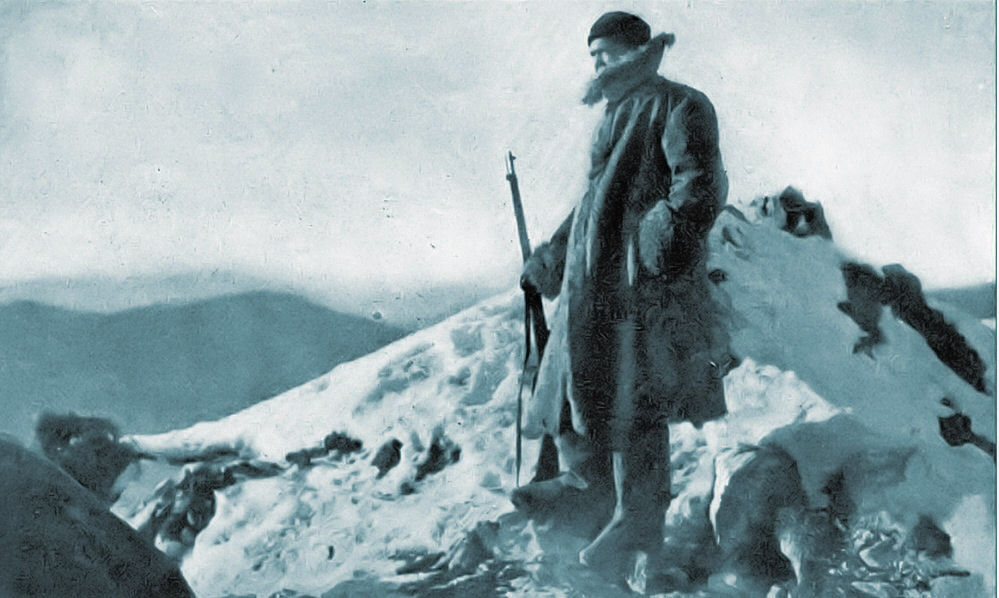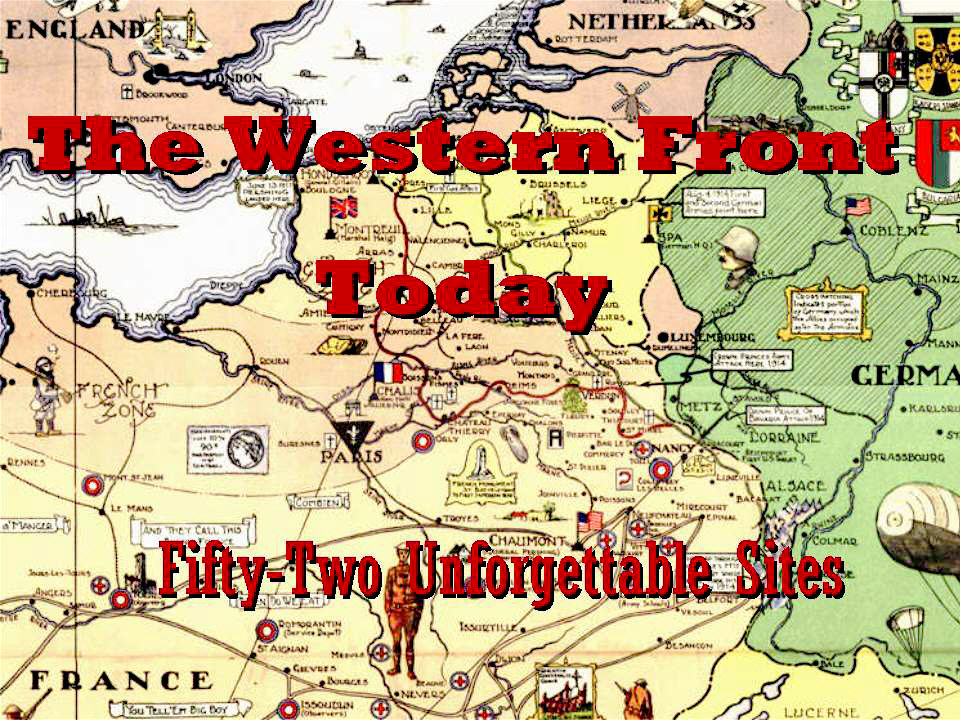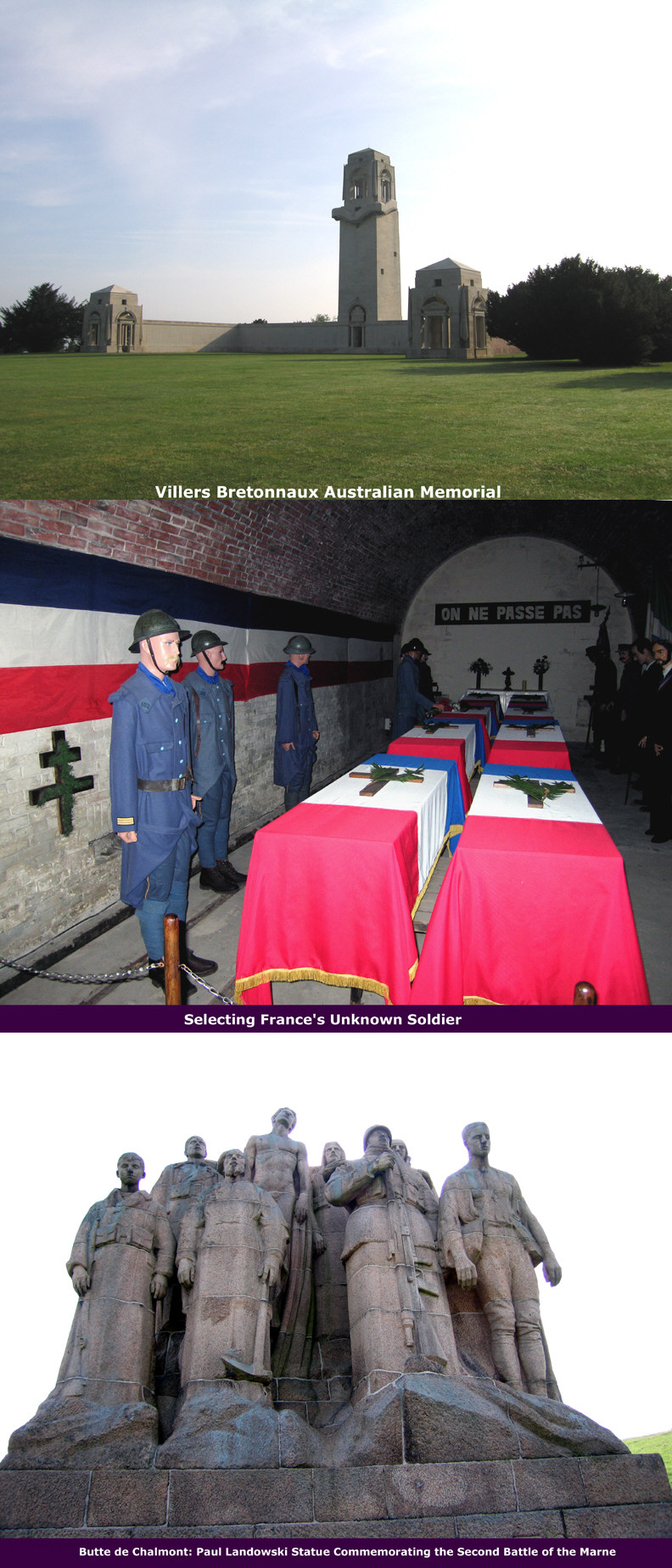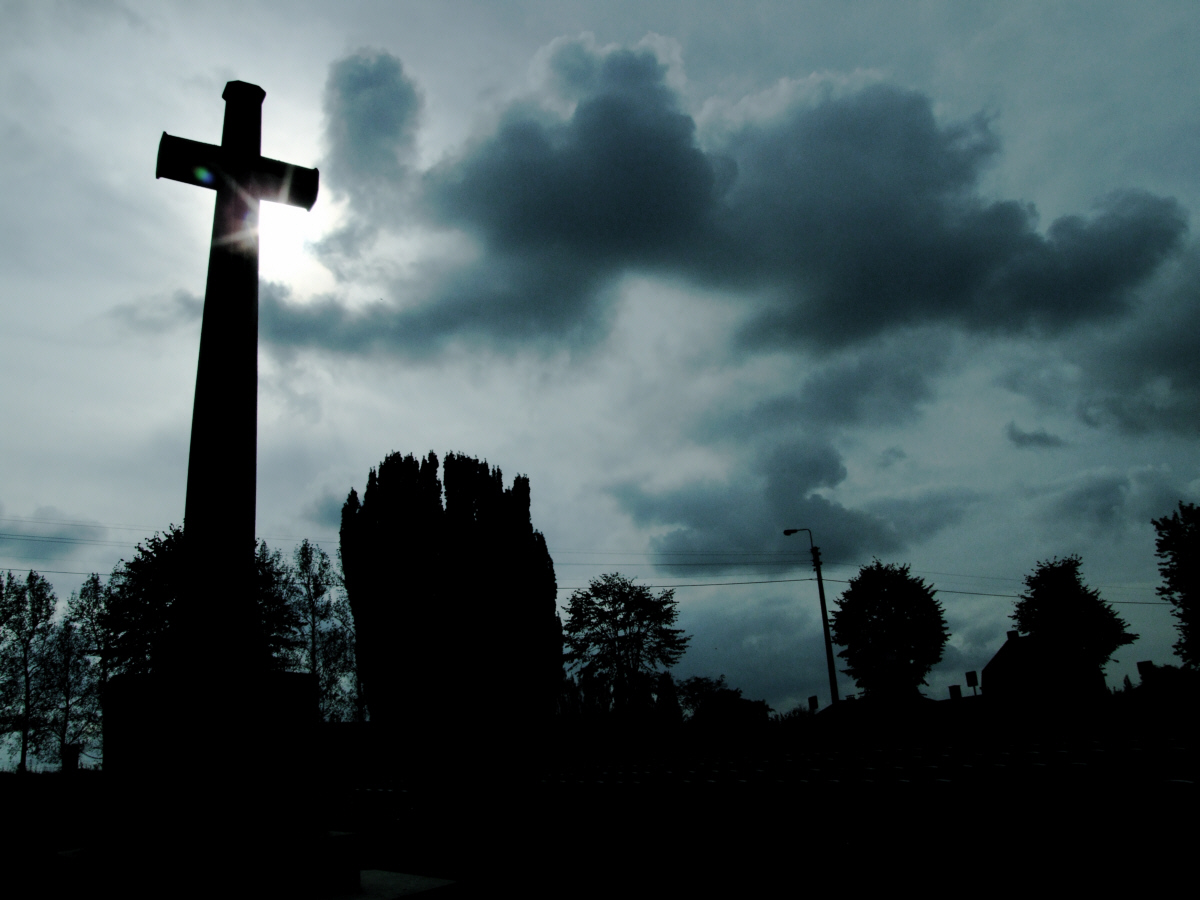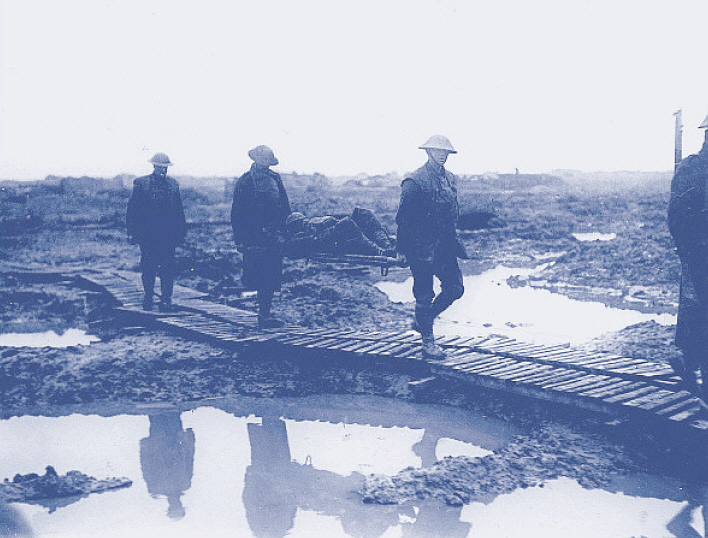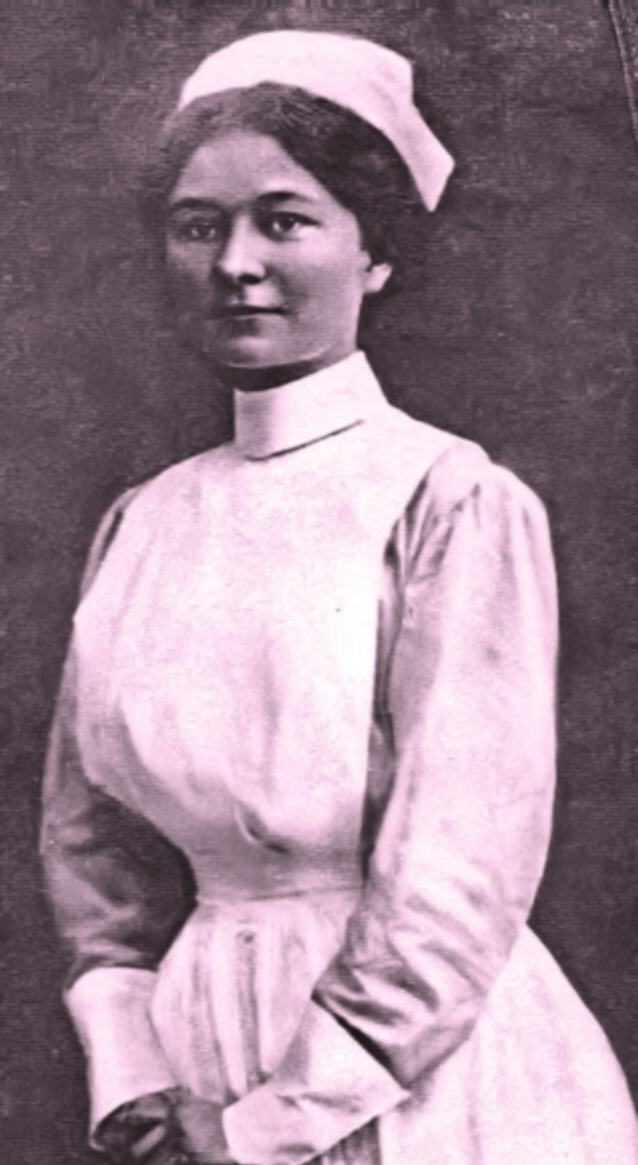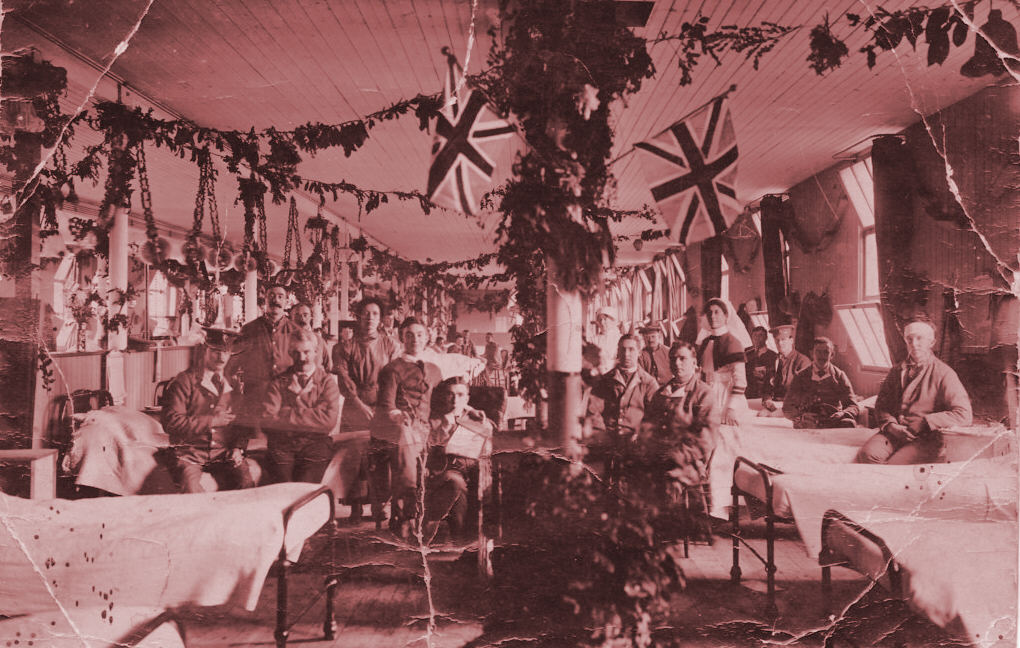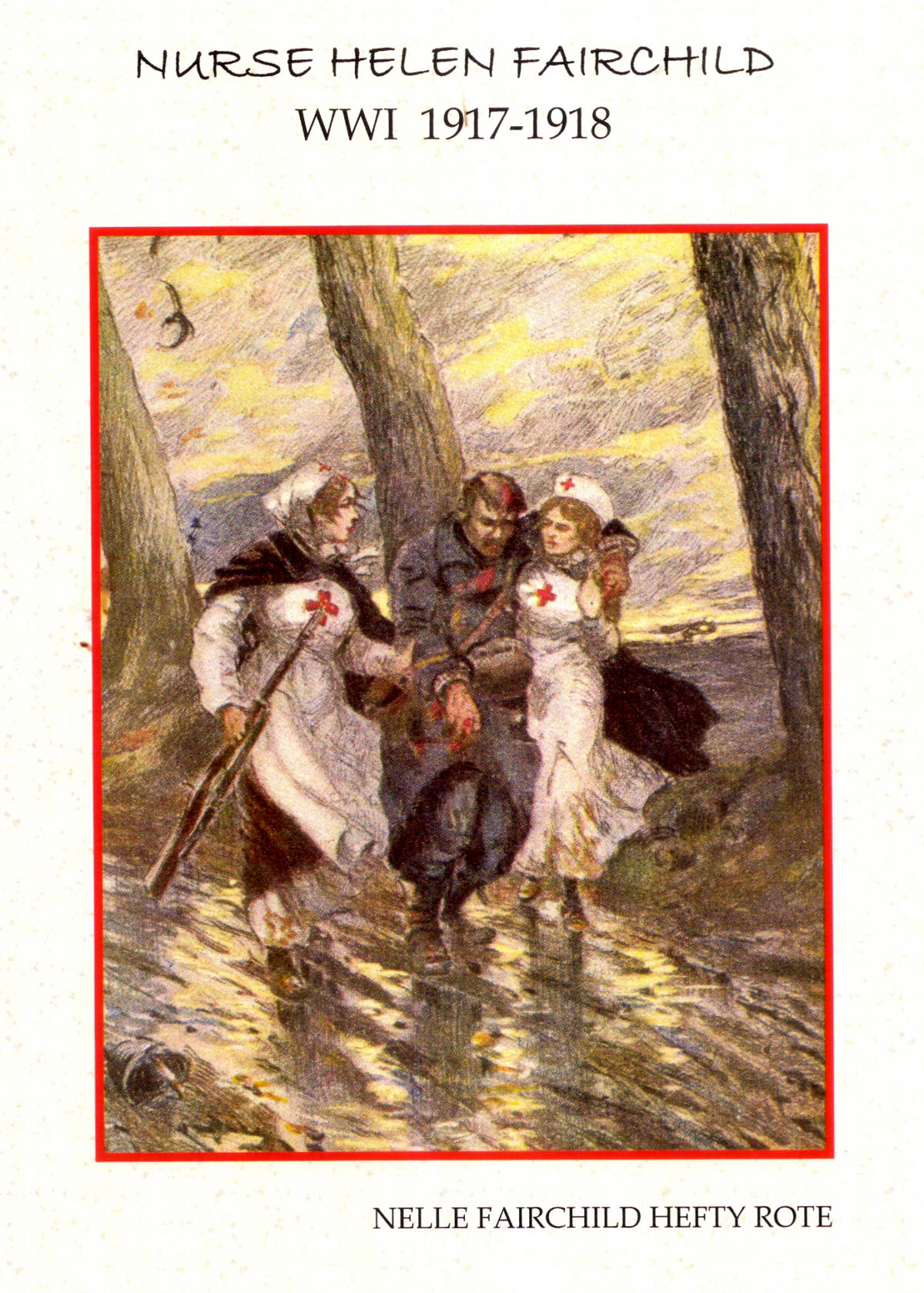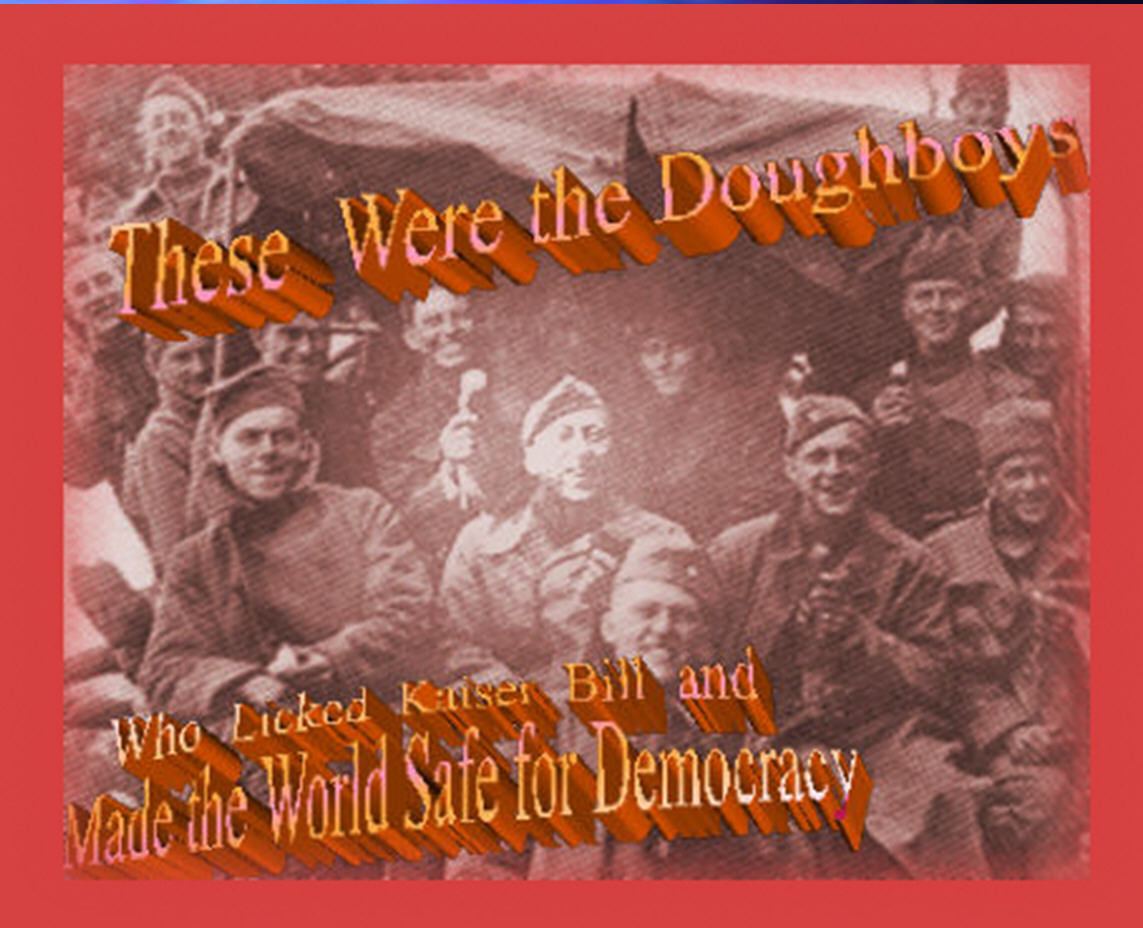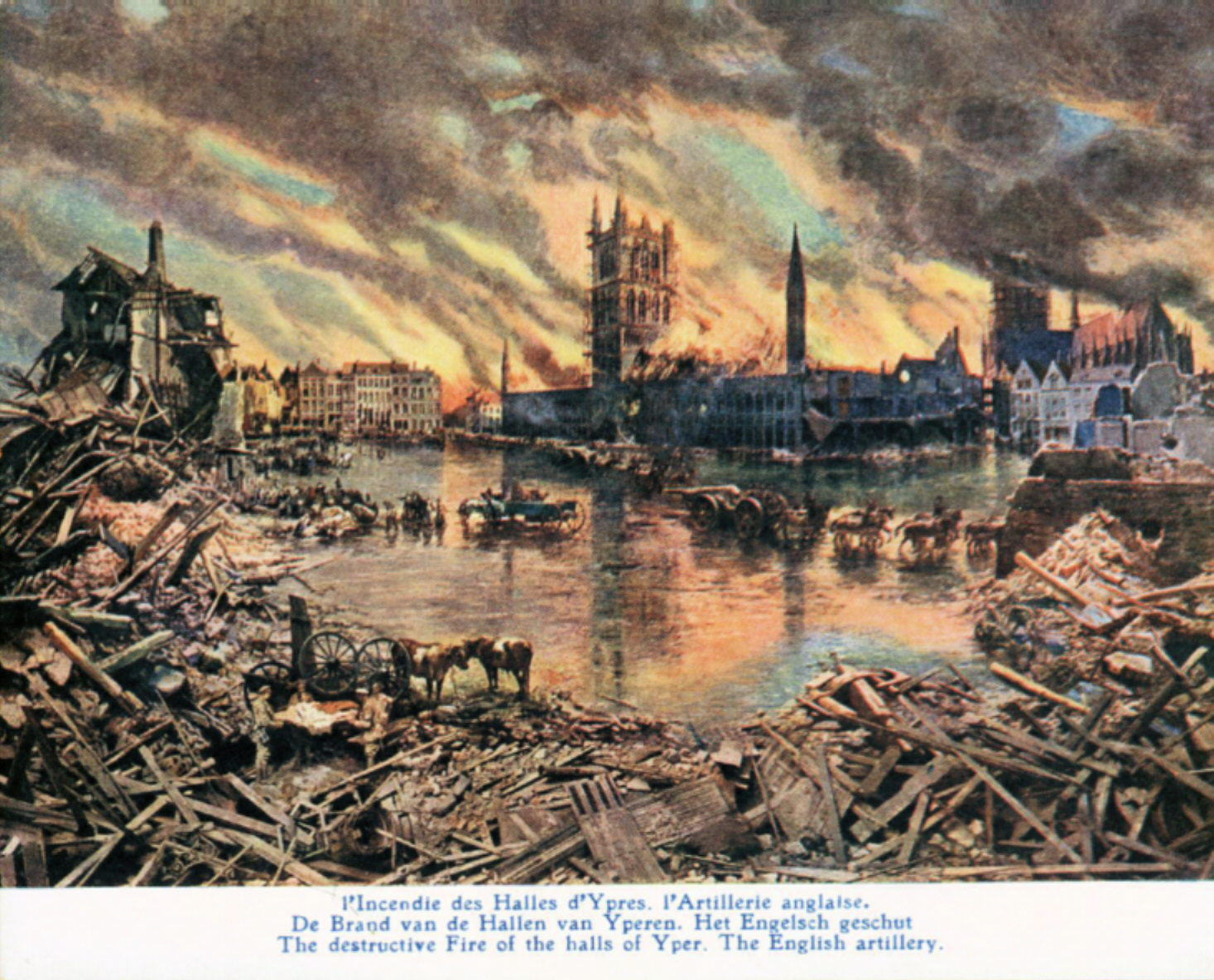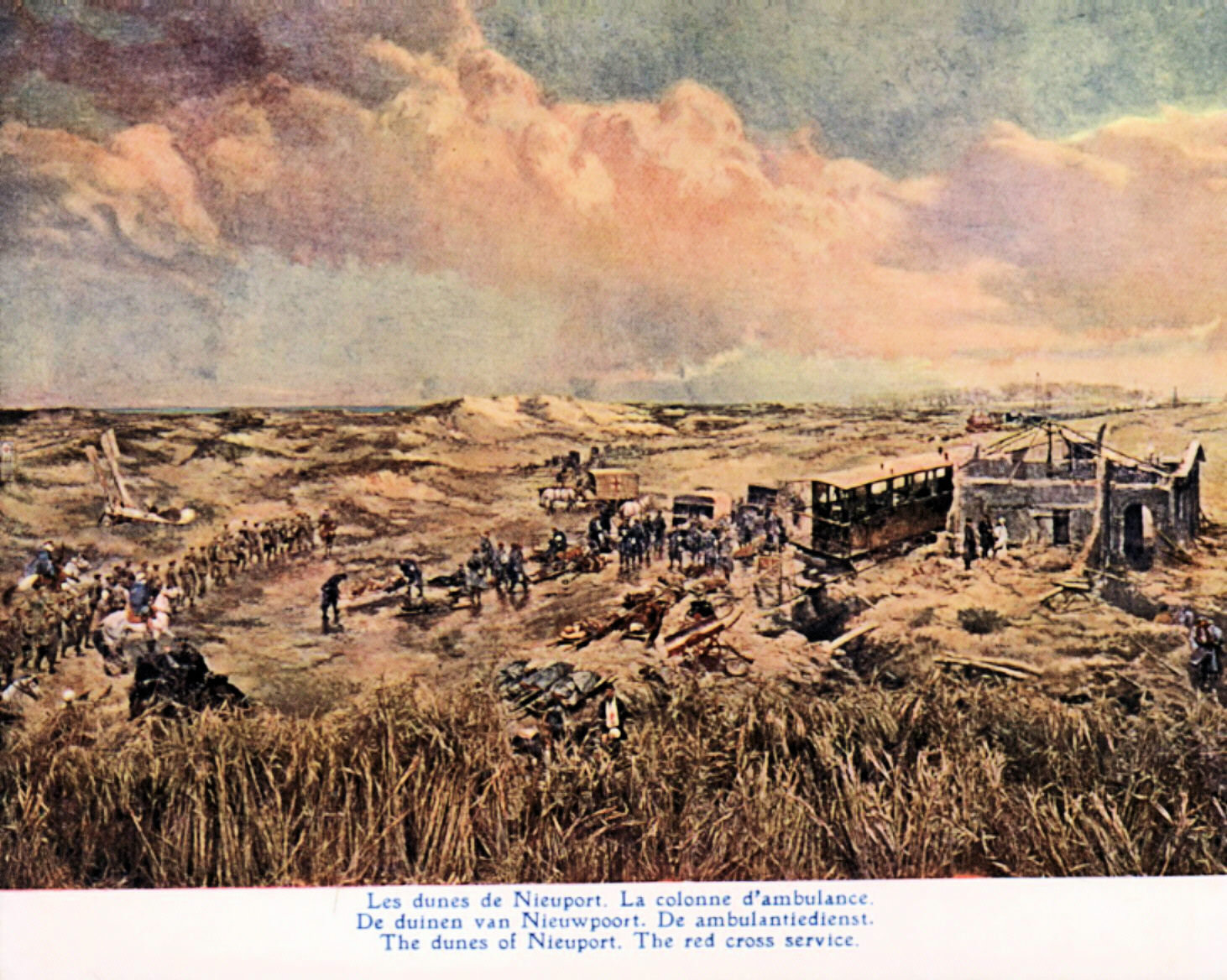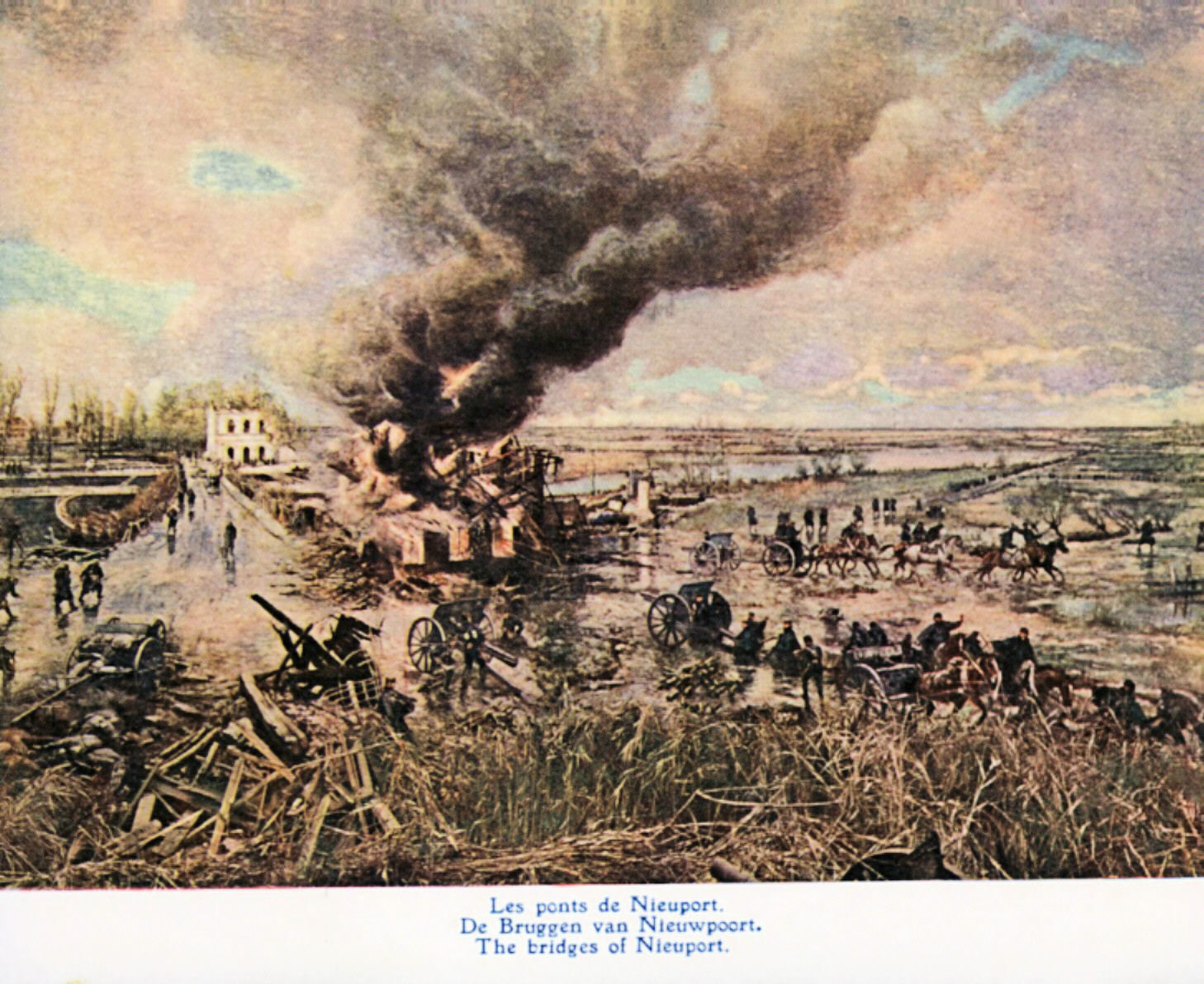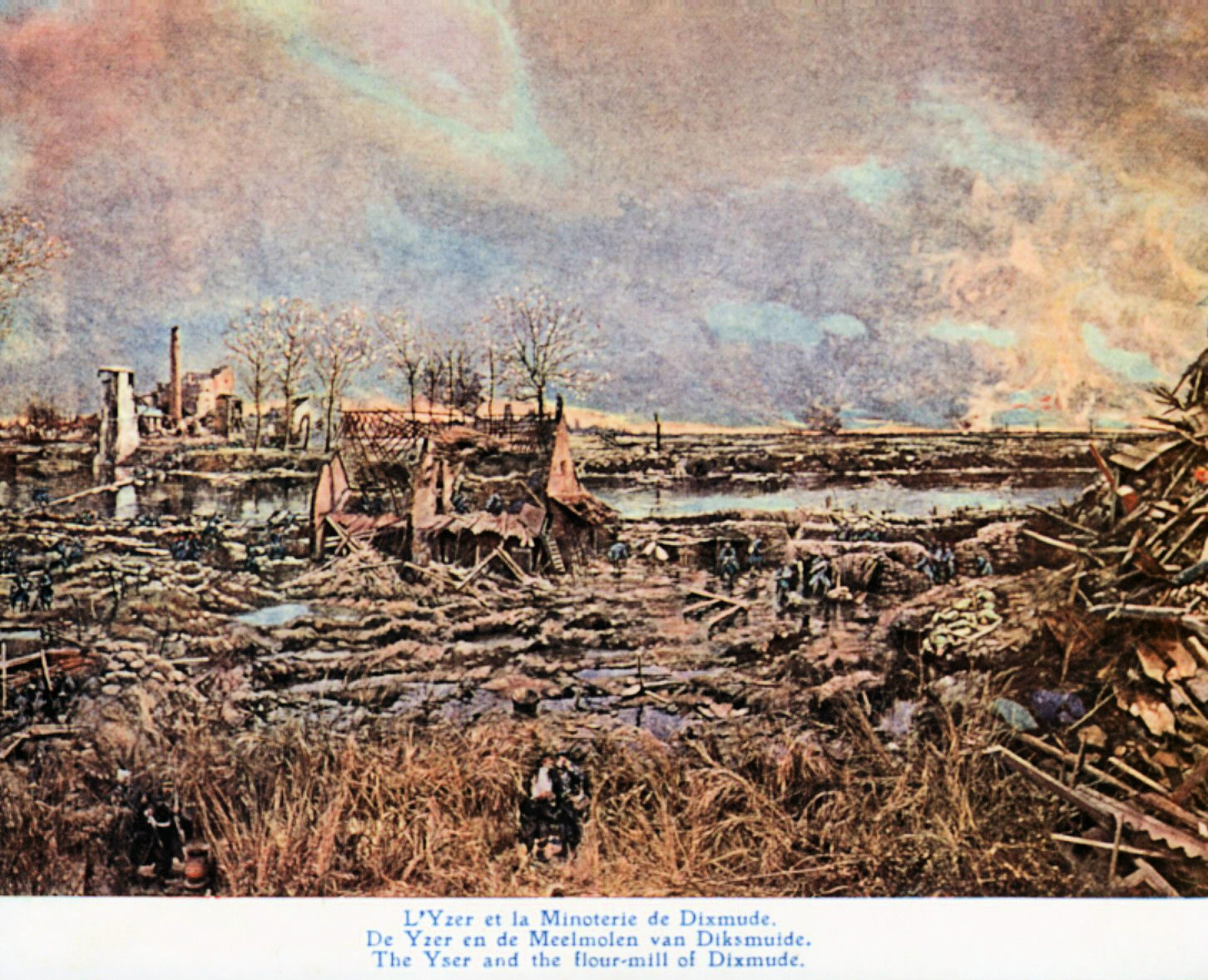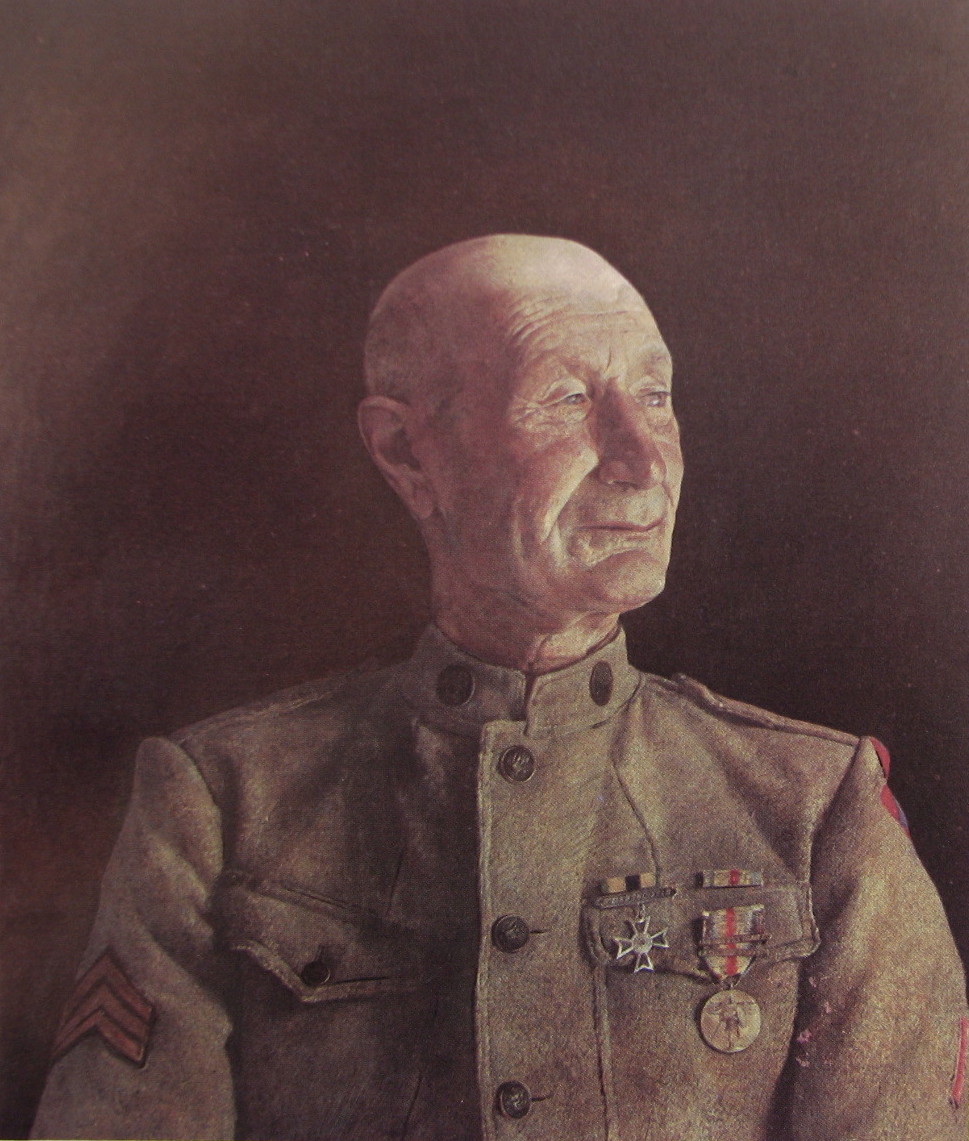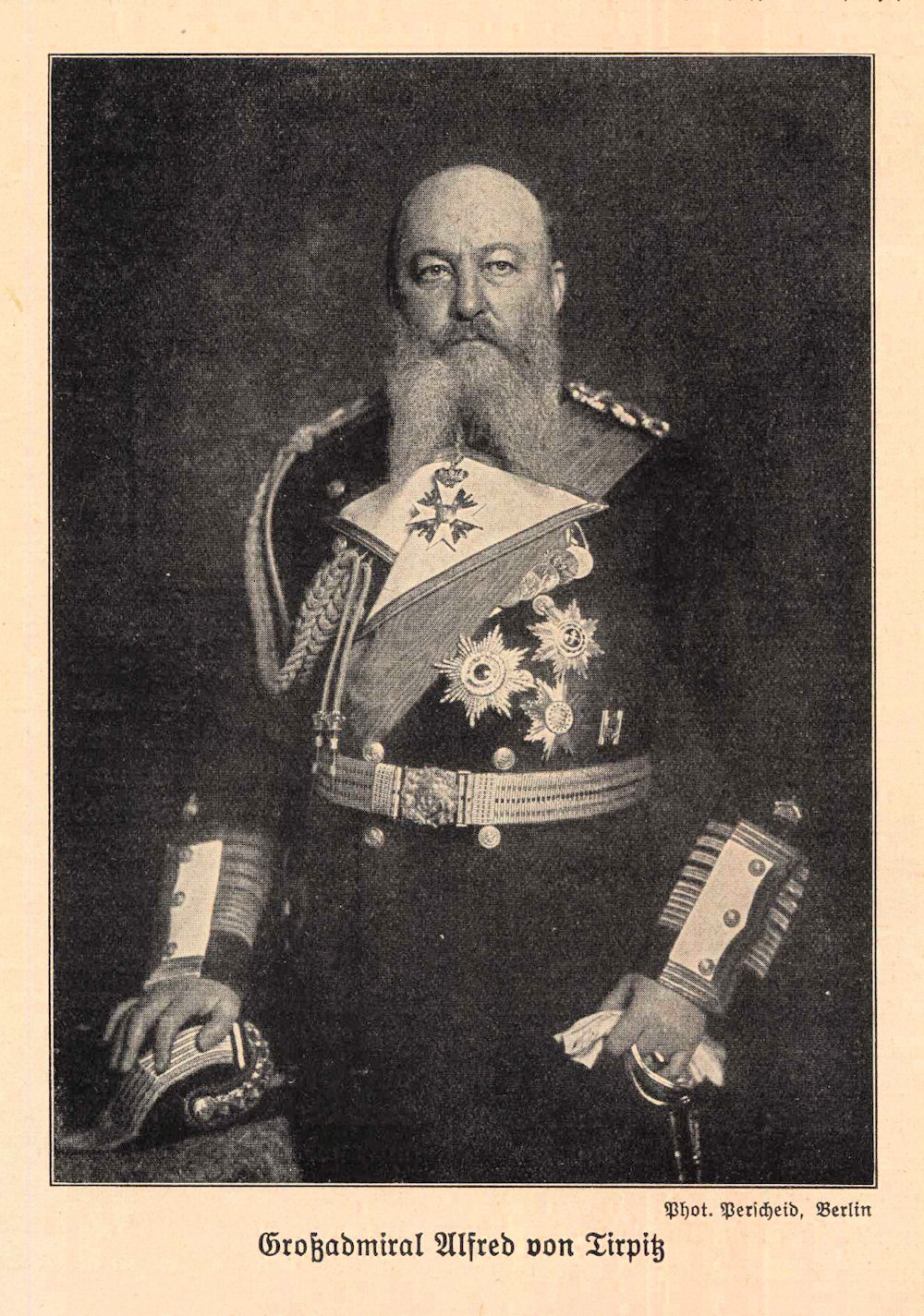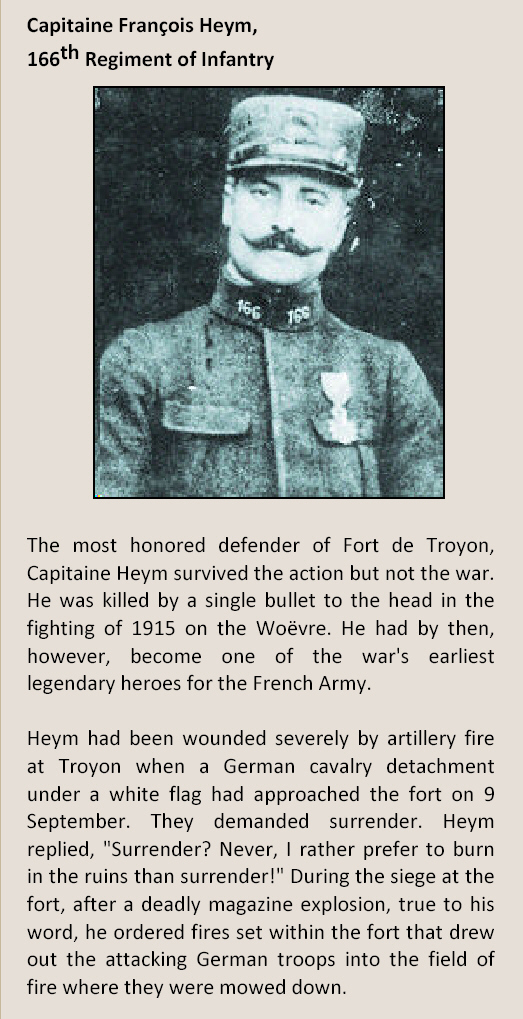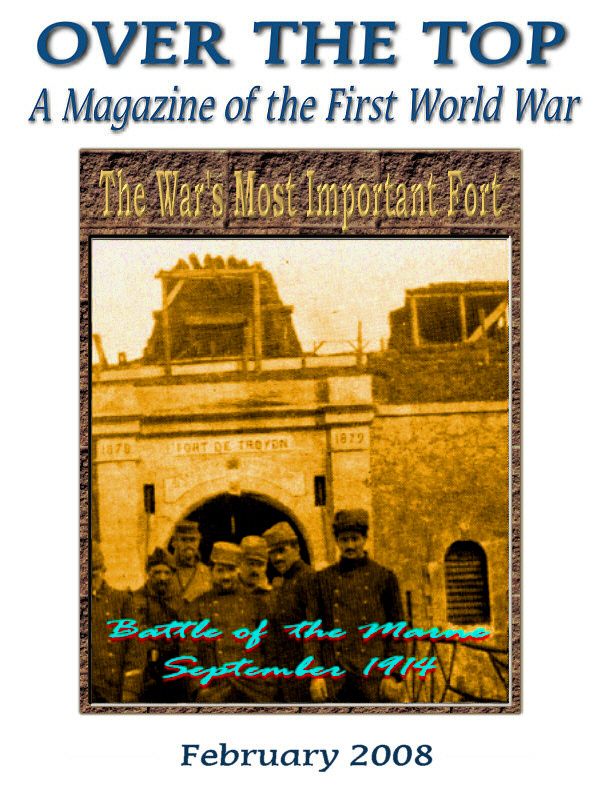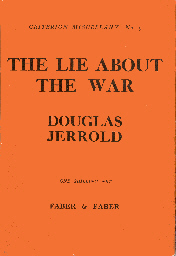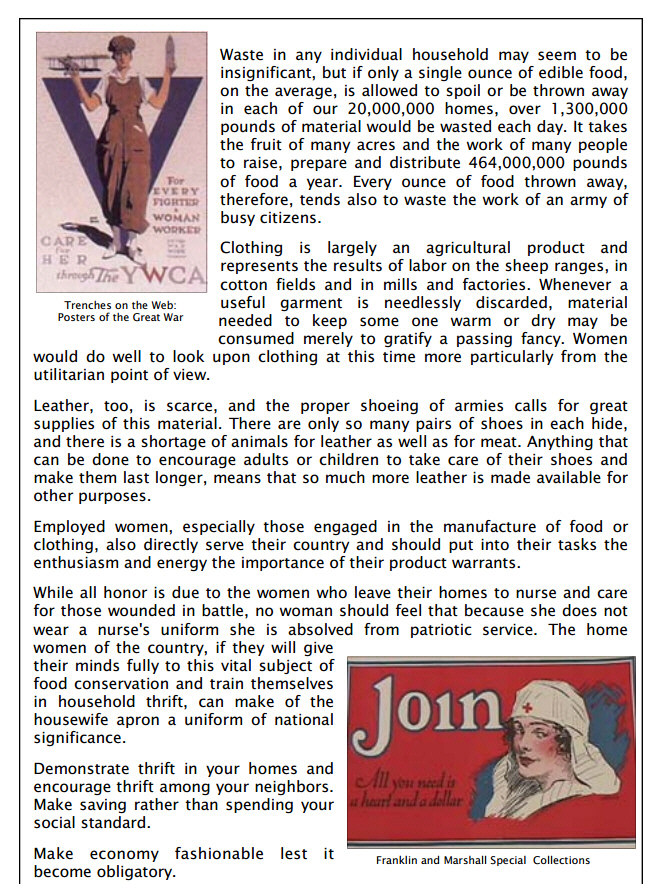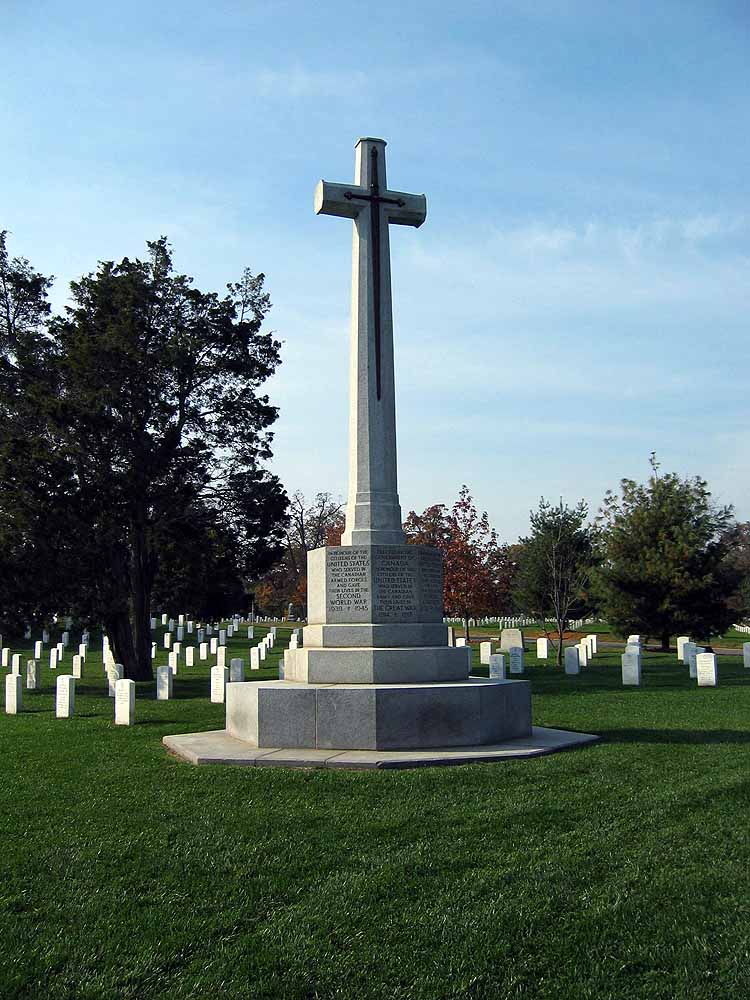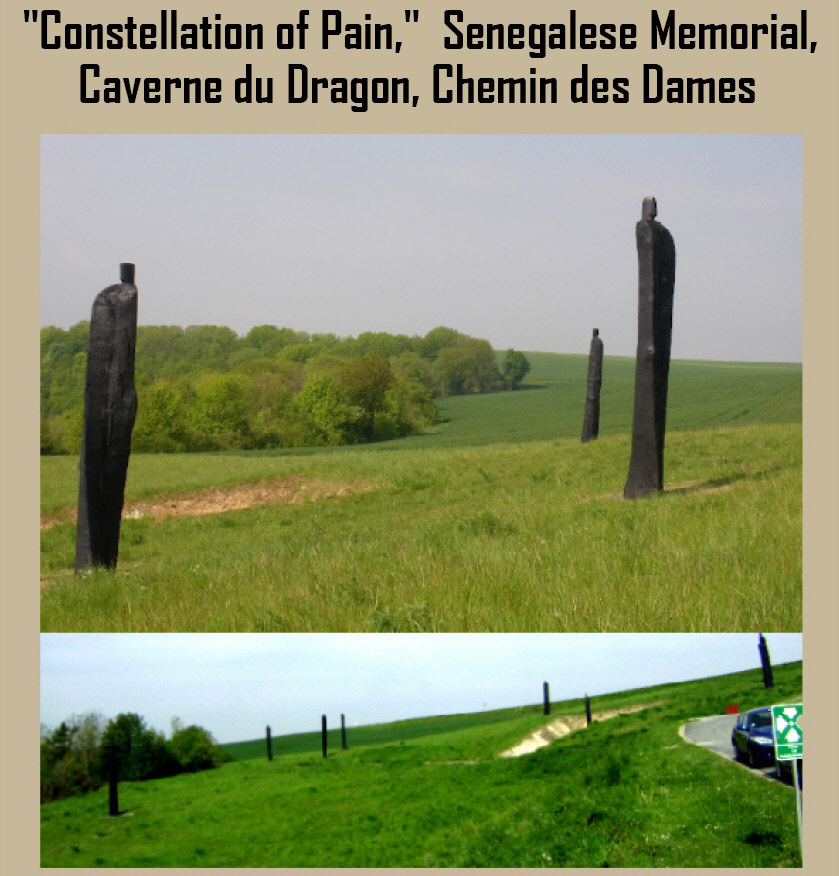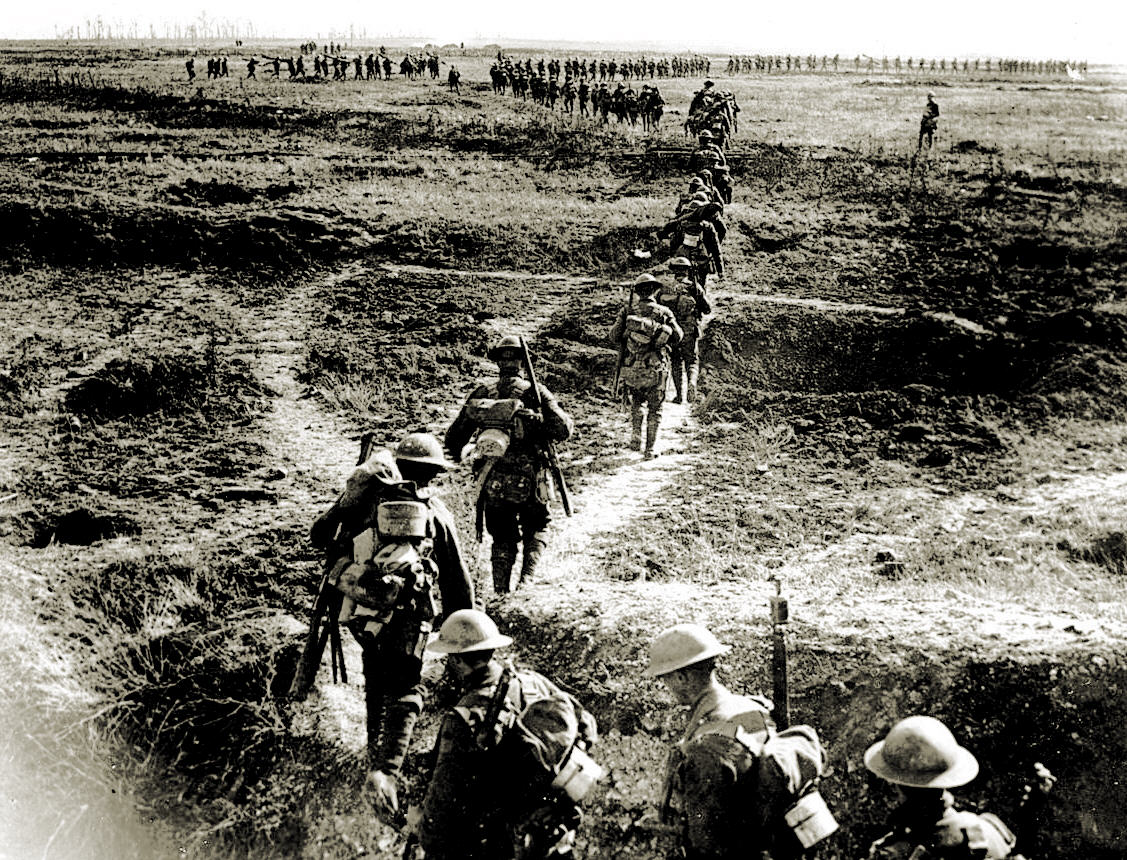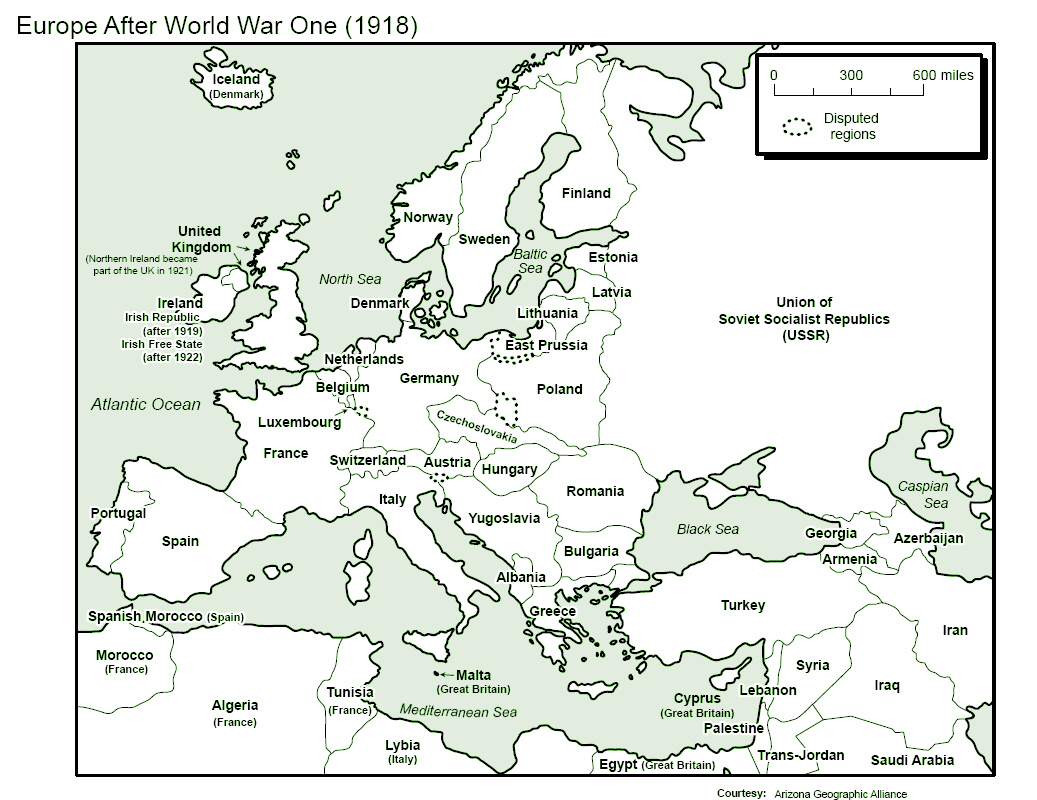And the bombs explode with a sickening crash.
You give them lead, and you give them steel,
Till at last they waver, and turn, and reel.
You've done your job - there was never a blench
You've given them hell, and you've saved your trench;
By God, you've stuck to your trench!
The daylight breaks on the rain-soaked plain
(For some it will never break again),
And you thank your God, as you're 'standing to',
You'd your bayonet clean, and your bolt" worked true.
For your comrade's rifle had jammed and stuck,
And he's lying there, with his brains in the muck.
So love your gun - as you haven't a wench -
And she'll save your life in the blooming trench -
Yes, save your life in the trench.
Captain Charles W. Blackall, Royal Welch Fusiliers, "Song of the Trench," December 1914
In living through this "great epoch," it is difficult to reconcile oneself to the fact that one belongs to that mad, degenerate species that boasts of its free will. How I wish that somewhere there existed an island for those who are wise and of good will! In such a place even I should be an ardent patriot!
Albert Einstein, Letter, Early December 1914
Ever since [being appointed a dispatch runner], I have, so to speak, been risking my life every day, looking death straight in the eye. . . It is a sheer miracle that I am hale and hearty.
Adolf Hitler, Letter, December 1914
 |
| Hitler at War |
At 4:40 p.m. the Scharnhorst, whose flag remained flying to the last, suddenly listed heavily to port, and within a minute it became clear that she was a doomed ship ; for the list increased very rapidly until she lay on her beam ends, and at 4:17 p.m. she disappeared. . .
At 4:40 p.m. the Scharnhorst, whose flag remained flying to the last, suddenly listed heavily to port, and within a minute it became clear that she was a doomed ship ; for the list increased very rapidly until she lay on her beam ends, and at 4:17 p.m. she disappeared.
Vice-Admiral Sir F.C. Doveton Sturdee, K.C.B., C.V.O., C.M.G,
After Action Report, Battle of the Falklands of 8 December 1914
Blood alone moves the wheels of history
Benito Mussolini, Speech 13 December 1914
 |
| Mussolini at War |
Scots and Huns were fraternizing in the most genuine' possible manner. Every sort of souvenir was exchanged, addresses given and received, photos of families shown, etc. One of our fellows offered a German a cigarette; the German said, 'Virginian?' Our fellow said, 'Aye, straight-cut:' the German said, 'No thanks, I only smoke Turkish!' ... It gave us all a good laugh. A German NCO with the Iron Cross – gained, he told me, for conspicuous skill in sniping – started his fellows off on some marching tune. When they had done I set the note for The Boys of Bonnie Scotland where the heather and the blue bells grow, and so we went on, singing everything from Good King Wenceslaus down to the ordinary Tommies' song, and ended up with Auld Lang Syne, which we all, English, Scots, Irish, Prussians, Wurttembergers, etc, joined in.
Captain Sir Edward Hulse, Scots Guards, Observer of the Christmas Truce, KIA 15 March 1915
That we had lost our self-possession, that we had been thrown off our balance by a war with which we have nothing to do, whose causes can not touch us, whose very existence affords us opportunities of friendship and disinterested service which should make us ashamed of any though of hostility or fearful preparation for trouble.
Woodrow Wilson, Annual Message to Congress, December 1914


